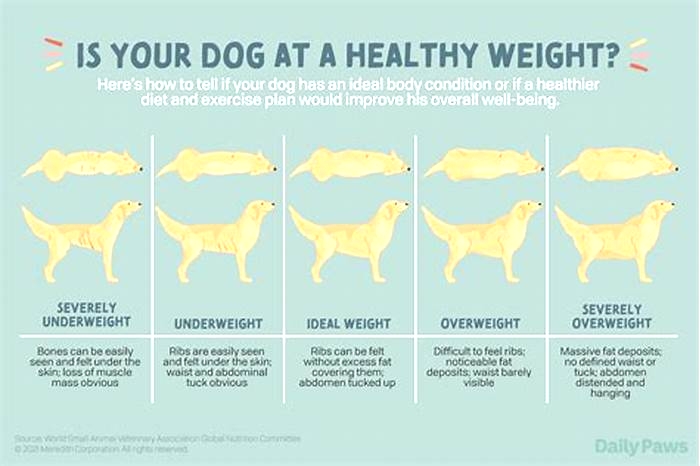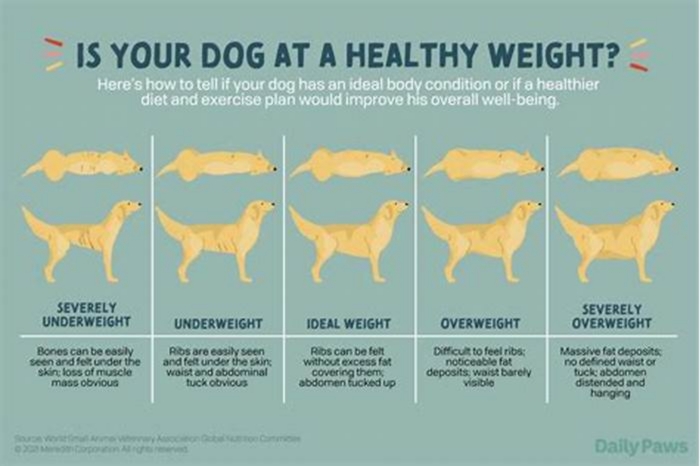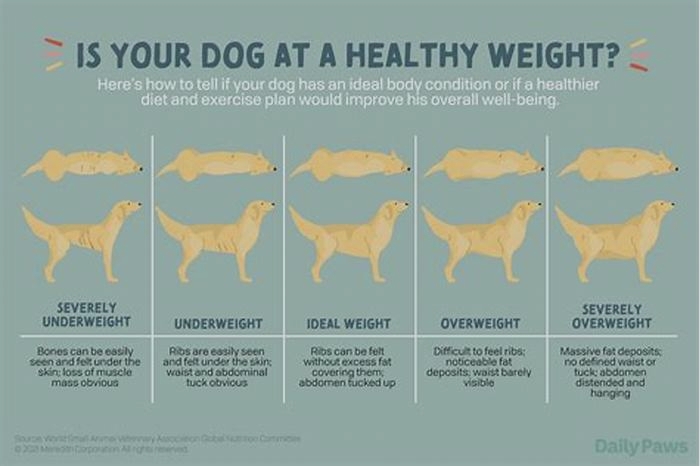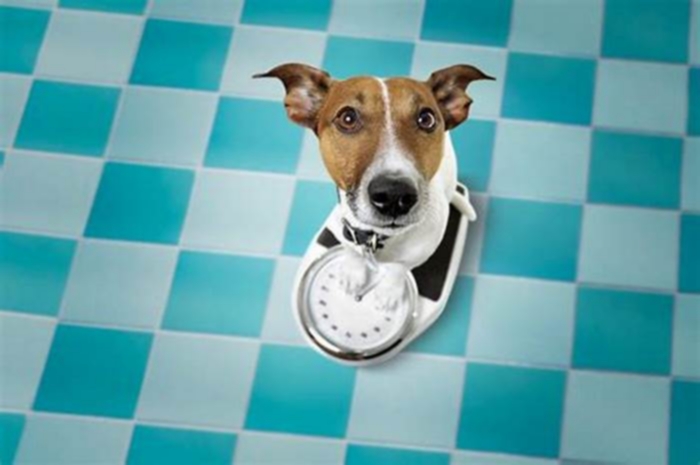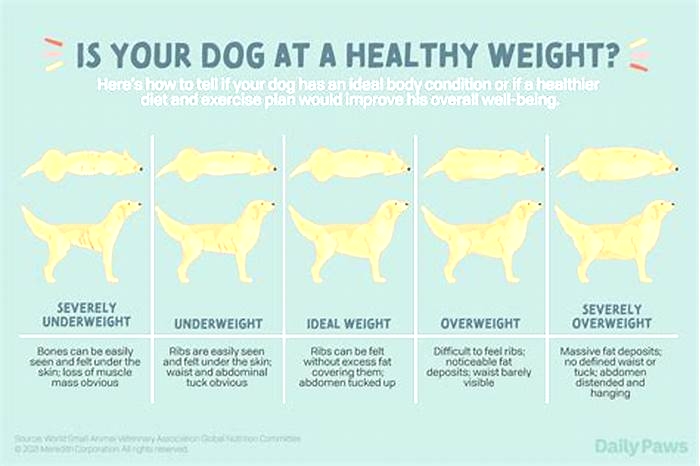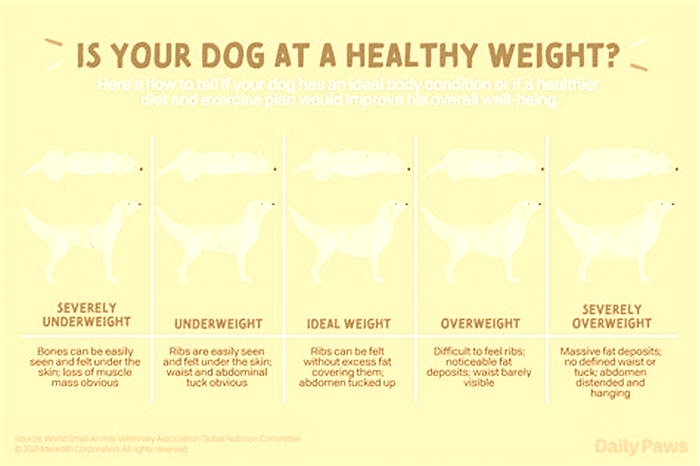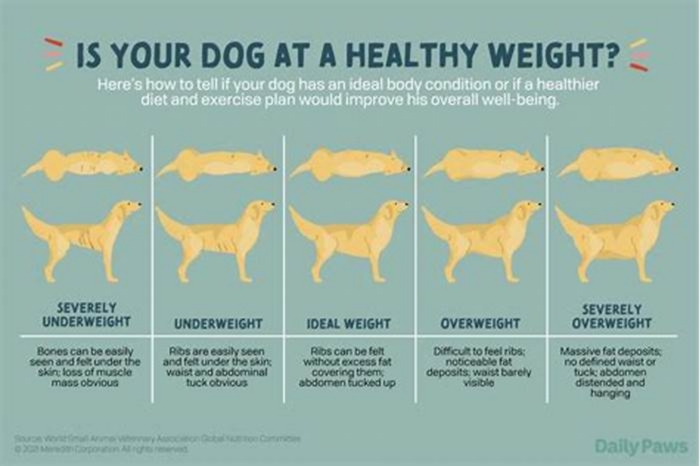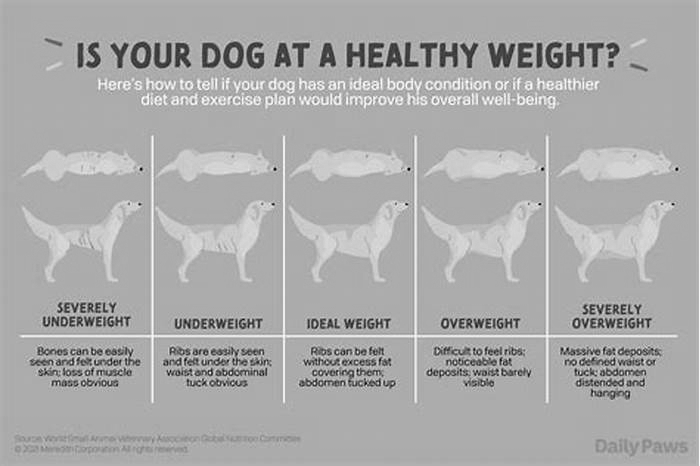Supporting Your Pup s Weight Loss Journey Tips for a Healthy Dog Diet
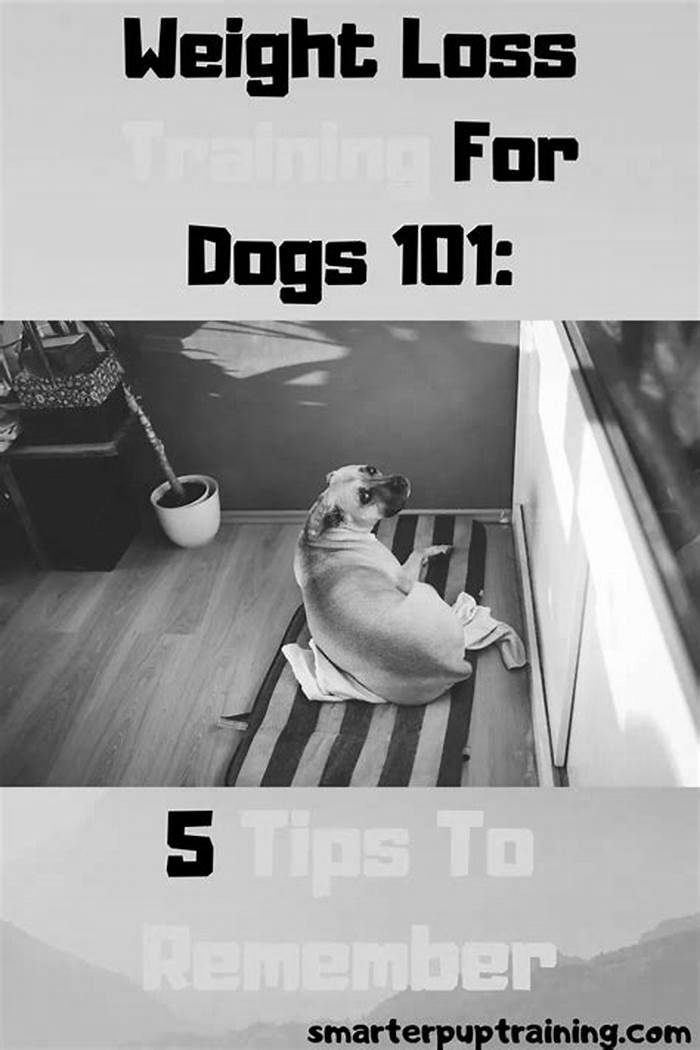
How to Help Your Dog Lose Weight
This Is a Paid Advertisement for The Farmers Dog
In the U.S., 56% of dogs are overweight or obese, and that excess weight is tied to an astonishing array of health problems. When it comes to preventing dog obesity, or even the slow creep of excess pounds, simple awarenessknowing what your dogs weight should be, and keeping on top of any fluctuationsis the first step. Just a few pounds can make a big difference.
You can seek your vets counsel on your dogs ideal weight, but a quick way to assess good canine condition at home is to ask:
- Does your dog have an hourglass shape when you stand behind them and look at them from above?
- Do they have a waist?
- Can you easily feel their ribs?
If youre answering no for all three, theres a good chance your dog needs to lose weight. Now what? Here are some vet-approved tips for helping your dog safely shed excess pounds and keeping them in good condition.
The Food Factor
For dogs, as for humans, losing weight really comes down to two things: food and exercise. And for a dog owner trying to manage or reduce their dogs weight, food is most important by far.
Weight loss begins and ends at the food bowl for dogs and cats, Ernie Ward, DVM, and founder of the Association for Pet Obesity Prevention (APOP), tells us. Weight loss for humans and dogs is 60-70% diet and 30-40% exercise.
For dog owners who have active lifestyles, its easy to overestimate the impact of physical activity on weight maintenance. So even for active dogs, its important to establish clear guidelines for daily caloric intake.
Get Specific With How Much Youre Feeding
Heres where things can go sideways. Humans may or may not choose to count calories as a guide for what theyre eating, with some opting for other methods of keeping to a healthy regime (Do my pants fit? Great!). But when it comes to the long-term management of your dogs weight, its essential to establish a concrete benchmark for how much to feed. This means determining the number of calories your dog needs every day.


Its not a good idea to rely on the feeding guidelines on the average pet food package. There are many factors that will influence your dogs dietary needs, including breed, size, activity level, and whether theyre spayed or neutered. Standard kibble-bag feeding ranges are generally too broad for your dog, and many owners end up over-feeding based on too-generous and too-vague suggested portion sizes, typically measured in cups and scoops.
The feeding guidelines on pet food packages, says Ward, are based on active adult dogs for all life stages. Spaying or neutering, for example, reduces energy requirement by 20 to 30%, he says. So, if your pet is spayed or neutered, and not particularly active, you can already be overfeeding by 20 or 30% or more.
When it comes to determining the ideal caloric intake, its important to consider a number of factors. We take a couple of things into considerationwe look at body condition score, we look at muscle condition score, we look at lifestyle, and any concurrent medical conditions, Dr. Ward says. We start by determining, OK, how many calories should you be feeding?
As a starting place, there are also many tools online to provide rough feeding guidelines based on weight and breed. You might start by consulting the guide published by the Association for Pet Obesity Prevention.
For at-home calculating, you can use the Resting Energy Requirement (RER) formula. Take your dogs weight in kilograms, multiply by 30, and add 70 (or, take their weight in pounds, divide by 2.2, multiply this figure by 30, and add 70). You can then factor in a metabolic energy requirement (MER), depending on things like health and whether theyre spayed or neutered.
Typical MER factors include:
- Weight loss1.0 x RER
- Neutered/ Spayed Adult1.6 x RER
- Intact Adult1.8. x RER
Ask your veterinarian about the MER and calculating and determining how your dog can lose weight safely. Tools like the MER multiplier table on the web provide estimates, but every dogs metabolism is different, so be sure to keep monitoring your pets weight.
You can also sign up for a fresh-food plan (like the ones offered to customers of The Farmers Dog). A plan like this makes it easy to determine the correct total caloric intake and food portions based on your dogs very specific requirements, and also makes it easy to adjust daily calories based on changing weight-management needs.
Food Quality Is Also Key
In addition to calorie counting, another important part of weight maintenance or weight loss is feeding lower-carb, whole, fresh food.
Many ultra-processed dog foods are full of carb-based fillersas Dr. Ward has noted, when you actually break down the ingredients on the label, many of them top out at over 60% or more carbohydrates. Fresh diets provide quality protein, but also the fiber and moisture that can keep your dog satisfied, without carb-y fillers.
Feeding nutrient-dense, bioavailable food will keep your dog healthy as they reduce their overall intake of food.
Treats Count, So Count Them
Another way to help your dog drop some extra weight is by controlling, and possibly reducing, their treat intake. Here, again, quality and quantity matter.
Nobody wants to deny their dog treats, as they are often helpful training aids, and its fun to see the excitement they generate. But its important to keep a close eye on how many treats your dog actually eats in a day and what their caloric impact is. Treats should be factored into, and comprise no more than, 10% of total daily calories.
Dog owners who feed their dogs healthy food, yet still feed them highly processed, high-carb, high-calorie treats, are potentially missing a big source of weight gain and health issues. And if you feed your dog too many treats (more than 10% of their daily intake of food), you can undo the benefits of the balanced diet youre feeding.
Many vets recommend using single-ingredient treats like fresh veggies and fruit. Baby carrots, celery, broccoli, green beans, cucumbers, blueberries, apples, and bananas all make healthy treats and, unlike mystery-meat treats, can contribute to your dogs health (use apple and banana in smaller amounts due to higher sugar content).
As for peanut butter, make sure its truly a special (rare) treat, and doled out in limited amounts; this dogand humanfavorite has a hefty 100 calories per tablespoon. Also, ensure that the peanut butter youre using doesnt contain Xylitol, which is toxic to dogs. For a lighter, and perhaps better, substitute, try plain canned pumpkin, which weighs in at just five calories per tablespoon.
Its also worth stepping back and considering why youre giving your dog treats. Our bond with our dogs is so special, and every dog owner wants to see the happy excitement a treat brings. But you can get that joyful response with healthy treats, or with smaller portions. I typically tell owners that dogs get the same enjoyment, and you can get the same reaction, from a small piece of a treat as you can from the whole thing or a handful, says Alex Schechter, DVM. There are many ways to show love and bond with your pet. It doesnt have to be all about food.
Safely Increase Exercise
Food is key, but no weight loss plan, or health maintenance plan, is complete without exercise. The most obvious, and important, activity for your dog is walking. Regular walks dont just exercise your dogs body; they provide crucial mental stimulation and that all-important opportunity to sniff. The amount of walking your dog needs, or wants, depends on their breed and general health. But while conventional wisdom says that some dogs need less exercise than others, all dogs need to move.
While the recommended minimum of daily exercise is 20 minutes, twice a day, many dogs will need much more. For many breeds, an hour of exercise a day is a good target. If your dog needs to lose weight, try to increase the amount of exercise they currently do. So, if thats none, or barely any, start with short intervals of walking. If youre already exercising, try lengthening your walk or other activity by 10-20%.
Ask your vet about the best types of activities based on your pets breed, age, gender, and current physical condition. Introduce new activities slowly to avoid injury. And, unless your dog has been trained for or slowly introduced to these kinds of activities, leave the extreme sports to your own weekend hourstoo-vigorous, or repetitive activity can put your dog at risk of joint problems. Also, keep weather conditionslike high sunin mind if your activities are outdoors. The sun creates the potential for heat stroke and burnt paw pads.
Rule Out a Medical Condition
If youve established and are staying within caloric boundaries and youre still not having any luck helping your dog lose weight, a visit to the vet could be in order to rule out a medical condition. Weight gain and lethargy can be symptoms of conditions like hypothyroidism and Cushings syndrome. The latter, also known as hyperadrenocorticism, usually occurs in older dogs, and can also cause frequent urination, hair loss, and weakness.
Weight Loss (and Maintenance) Is a Long Game
If you determine that youre overfeeding, work with your veterinarian to create a weight-loss schedule based on the appropriate calories so that your dog doesnt lose weight too fast, which is unhealthy.
Overall, the best weight management strategy is to develop good habits that are applied, consistently, long-term.
People (humans) want to rush weight loss, says Dr. Ward. Thirty days to bikini season! But this is a long process. Its years of making small decisions that help. When youre deciding on sharing your pizza crust with your Pomeranian, if you do it once, OK. But if you do it once a week for five years, thats a problem.
This article was vetted by a vet. Reviewed by Alex Schechter, DVM, founding veterinarian atBurrwood Veterinary.He was previously founding veterinarian atPure Paws Veterinary Care.
How to Calculate Your Dogs Healthy Weight
A wide range of body sizes and types exist among dog breeds, which makes it hard to determine the average dog weight. For example, the graceful Greyhound and the short-legged Basset Hound may both weigh 60 pounds, but these two breeds have different physiques and metabolic needs.
So instead of comparing your dogs weight to a generic chart, veterinary research groups have come up with a better way. Theyve conducted nutritional studies that have shown that an animals target weight is best estimated using a combination of body weight and body condition score (BCS).
Step 1: Calculate Your Dogs Body Condition Score
The Body Condition Score is a popular tool used to estimate the amount of fat on the body. Canine BCS is most commonly evaluated on a 9-point scale, and dogs that score in the middle of the scale (a 4 or 5 out of 9) have a healthy body condition.
Dogs scoring 1 to 3 are considered too thin, whereas a score of 6 or 7 implies that a dog is overweight. Obese dogs typically receive BCS scores of 8 or 9, and it is possible for morbidly obese dogs to have a BCS greater than 9.
BCS is evaluated by examining the ribs, abdomen and waistline by sight, and more importantly, by touch.
The ribs should be palpable and covered by minimal amounts of fat. When viewed from above, the dogs waistline should be visible by a subtle inward curve behind the ribs.
A side view of the dog should reveal an abdominal tuck, or a slight upward curve of the belly behind the ribs.
Overweight dogs will have excess fat covering the ribs and will lack a noticeable waistline or abdominal tuck. In contrast, underweight dogs will have an accentuated waistline and abdominal tuck, and the ribs, pelvis and vertebrae will be prominent and lack any palpable fat.
Step 2: Calculate Your Dogs Target Weight
Now that you know your dogs BCS, you can use it to figure out their ideal weight. This method was created by researchers at the University of Liverpool and Royal Canin.
Use the following steps to estimate your dogs ideal weight:
Steps | Example: 50-lb. dog with BCS of 9 |
|---|---|
1.Take your dogs starting BCS and subtract 5. | 9-5 = 4 |
2. Multiply that number by 10. | 4 x 10 = 40 |
3. Add 100. | 40 + 100 = 140 |
4. Divide 100 by the result from Step 3. Round to 3 digits. | 100 / 140 = .714 |
5. Multiply that by your dogs current weight. | .714 x 50 pounds = 35.7 pounds |
Dogs Target Weight: | 35.7 pounds |
Here's the formula we used for thecalculationsin the table above:

Lets enter the 50-pound dogs numbers into this formula:

According to the calculation, this 50-pound dogs target weight (after weight loss) is 35.7 pounds. If the dog had a different BCS, their target weight would be different.
Why Its Important to Know Your Dogs Ideal Weight
Knowing your dogs ideal body weight can help you plan a successful weight loss program, or it can let you know what your pet should weigh if your pet is underweight or losing weight inexplicably.
Pets That Need to Lose Weight
Pet weight loss programs usually involve some degree of calorie restriction in order to help your dog lose weight at a gradual pace. By having a target body weight in mind, your veterinarian can help estimate your dogs daily caloric needs so that you know exactly how much to feed your dog.
Through diet modification and regular exercise, your dogs metabolic needs will likely change as he begins to lose weight. This is why regular monitoring, including monthly weigh-ins and BCS measurements, are important to help your pet reach his target body condition in a safe and healthy manner.
Underweight Pets
Determining your pets body score and ideal weight can also help pets that are underweight. If your pet is not at the weight they should be, you can work with your veterinarian to find out if you should be increasing their food intake or whether its caused by an underlying health issue.
Weight loss that has no apparent reason can be a result of many different conditions, including parasites, cancer, kidney disease, advanced heart disease, diabetes, Addisons disease, GI problems, dental disease, stress or changes in diet.
Whether your pet is overweight or underweight, your vet can help figure out the issue and tailor recommendations to their individual needs.
Featured Image: iStock.com/primeimages

